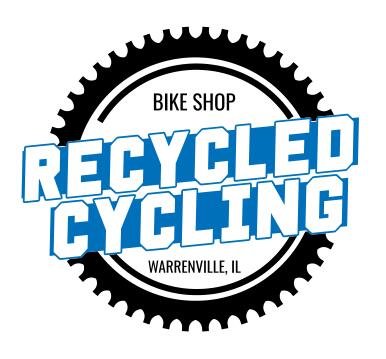Pros and cons of tubeless
Tubeless tires have gained significant popularity in the cycling world in recent years, promising a range of benefits over traditional clincher tires with inner tubes. However, like any technology, they come with their own set of advantages and disadvantages. In this article, we'll explore the pros and cons of tubeless tires for bicycles to help you make an informed decision.
Pros:
1. Reduced Risk of Punctures:
Tubeless tires eliminate the need for an inner tube, which is often the weakest point susceptible to punctures. The absence of a tube means there's no pinching or puncturing of the tube between the tire and the rim, reducing the likelihood of flats caused by punctures.
2. Lower Tire Pressure and Increased Traction:
Tubeless tires can be run at lower pressures compared to their tubed counterparts. This allows for better traction, especially when riding off-road or on rough terrain. Lower pressures conform better to the ground, providing a larger contact patch and improved grip.
3. Enhanced Ride Quality:
The ability to run lower tire pressures not only improves traction but also enhances ride comfort. Tubeless tires can absorb small bumps and vibrations more effectively, resulting in a smoother and more enjoyable riding experience, particularly on uneven surfaces.
4. Self-Sealing Properties:
One of the most touted benefits of tubeless tires is their ability to self-seal small punctures. The sealant inside the tire fills punctures as they occur, effectively sealing them and preventing air loss. This feature can be a game-changer, especially during rides where stopping to fix a flat is inconvenient or unsafe.
5. Reduced Rotational Weight:
Tubeless setups typically weigh less than their tubed counterparts. By eliminating the inner tube, riders can reduce rotational weight, which can lead to improved acceleration and responsiveness, particularly noticeable during climbs and accelerations.
Cons:
1. Initial Setup Complexity:
Setting up tubeless tires can be more complicated and time-consuming than installing traditional clincher tires with inner tubes. It requires the correct tape, valve stems, sealant, and careful attention to detail to ensure a proper seal between the tire and rim.
2. Sealant Maintenance:
While sealant helps to seal punctures on the go, it does require periodic replenishment. Over time, the sealant can dry out or lose effectiveness, necessitating the removal of the tire and the addition of fresh sealant. This maintenance task can be messy and inconvenient for some cyclists.
3. Compatibility Issues:
Not all rims and tires are compatible with tubeless setups. Some older rims may not have the necessary design features to create an airtight seal, while certain tire models may not seat properly on tubeless-ready rims. Ensuring compatibility between components is crucial to the success of a tubeless conversion.
4. Burping and Loss of Air:
Under aggressive riding conditions, such as hard cornering or hitting obstacles at speed, tubeless tires can "burp" air, resulting in a sudden loss of pressure. This can happen if the tire momentarily loses its seal with the rim. While advancements in rim and tire design have reduced this issue, it's still a concern for some riders, particularly in high-performance scenarios.
5. Cost:
Tubeless setups typically entail higher initial costs compared to traditional clincher setups. In addition to the cost of the tires and rims, there's the added expense of sealant and other accessories required for installation. While the long-term benefits may outweigh the upfront investment for many riders, the initial cost can be a deterrent for some.
In conclusion, tubeless tires offer several compelling advantages, including reduced puncture risk, improved traction, enhanced ride quality, self-sealing properties, and reduced rotational weight. However, they also come with drawbacks such as initial setup complexity, sealant maintenance, compatibility issues, potential for burping, and higher cost. Whether tubeless is the right choice for you depends on your riding style, terrain preferences, willingness to invest time and money in setup and maintenance, and tolerance for potential drawbacks. Ultimately, it's essential to weigh the pros and cons carefully before making a decision.
If you are ready to go tubeless our shop is stocked with everything needed to get you rolling without tubes.
#TubelessTires, #TubelessSetup, #TubelessReady, #RideTubeless, #NoMoreFlats, #MTBTubeless, #RoadTubeless, #SealantLife, #TubelessConversion, #EasyTubeless
